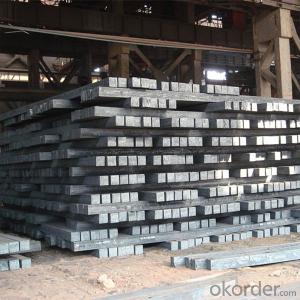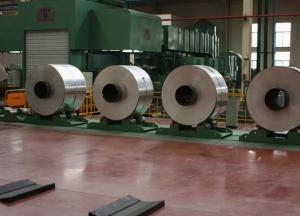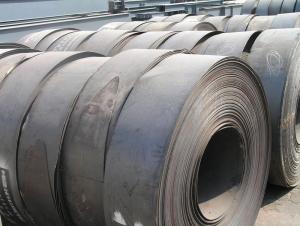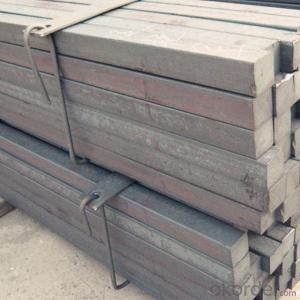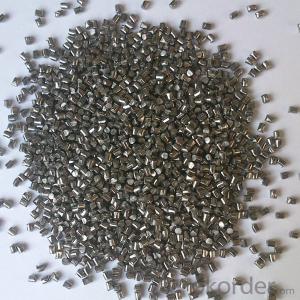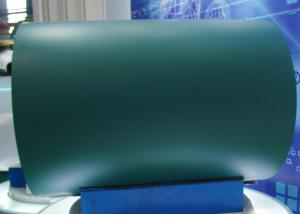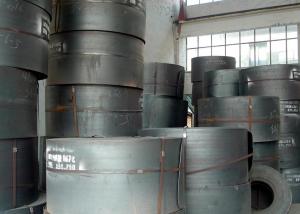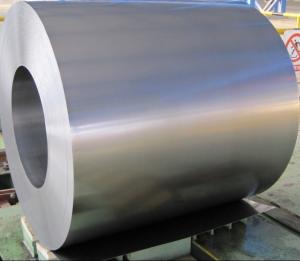Steel Billets for Rebar Rolling Made in China
- Loading Port:
- China main port
- Payment Terms:
- TT OR LC
- Min Order Qty:
- 1000 m.t.
- Supply Capability:
- 100000 m.t./month
OKorder Service Pledge
OKorder Financial Service
You Might Also Like
Item specifice
Product Description
Steel BilletsWe are one of steel manufacturer, our company specializes in manufacturing profile steel products such as H beams,I beams , Channel steel,and also can find some best quality angle steel,steel plate,steel pipe ,steel coils and many kinds of steel products of this kind.
Company Main Product Introduction:
Steel billet
Steel Profile:H-Beam/I-Beam/Equal Angle/Unequal Angle/U Channel /Flat Bar
Steel Plate:Hot Rolled Coil/Hot Rolled Checkered Coil/Cold Rolled Coil/Cutting Sheet
Wire Bar: Round Bar /Wire Rod/Deformed Bar
Steel Pipes: Seamless Pipe, Square/Round Pipes
Galvanized Steel: Angle/Channel/I-Beam/Round Bar/Flat Bar/Round-Square Pipe
Application:
Wire rod, deformed bars, rebar, profile steel, mechine parts and so on.
Proct Picture:

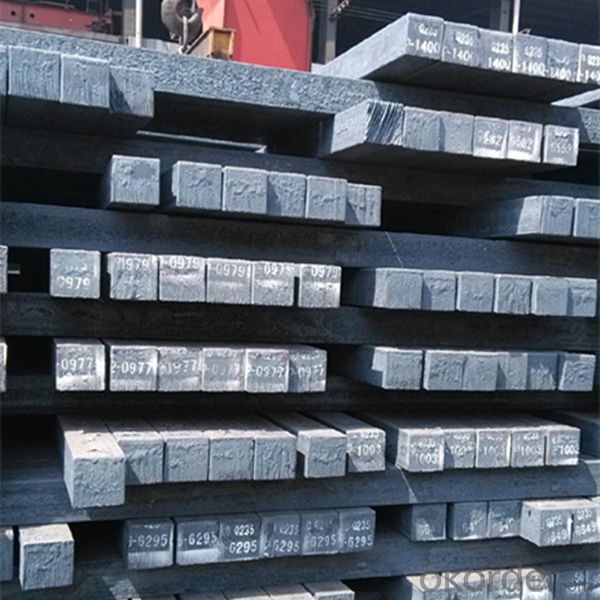
Specification:
| Type | Square, rectangular |
| Standard | GB, ASTM |
| Size | 60X60-150X150mm |
| Length | 6-12M or customised |
| Processing | Hot rolled continuous cast |
| Packing | Export standard packing |
Adventage:
1. Prime quality and competitive pirce
2. Good reputation and large market
3. Big company scale
4. Good service and prompt reply
Reasons for choosing us:
1. We have a large substantiality as our backup force. Our mill covers an area of 40000 square meters, has a modern standard workshop more than 19800 square meters. The existing staff of more than 180 people. The registered capital of twenty million yuan.
2. We have many qualified raw material supplier.
3. The company has perfect management mode and advanced processing technology.
4. We have the country's leading production equipment and strong production capacity.
5. Our company has a strong aftersales service platform, and our leaders are glad to make guidance personally for every feedback from customers.
6. Our company has a strong reputation system: SGS, ISO Certification, etc.
- Q:How do steel products contribute to the infrastructure development of cities and urban areas?
- Steel products contribute to the infrastructure development of cities and urban areas in several ways. Firstly, steel is a versatile and durable material that is used in the construction of buildings, bridges, and roads, providing the necessary strength and stability to withstand heavy loads and harsh weather conditions. Secondly, steel is a key component in the construction of high-rise buildings, allowing for taller and more efficient use of limited urban space. Additionally, steel products such as pipes and beams are crucial in the development of water supply and transportation systems, ensuring the efficient flow of resources and people within cities. Overall, the use of steel products in infrastructure development enhances the safety, efficiency, and sustainability of cities and urban areas.
- Q:How is steel profiled and cut?
- Steel is profiled and cut using various methods such as laser cutting, plasma cutting, water jet cutting, and mechanical cutting. Laser cutting involves using a high-powered laser beam to melt or vaporize the steel, resulting in a precise and clean cut. Plasma cutting involves using a plasma torch that generates an electrical arc and a high-velocity jet of ionized gas to cut through the steel. Water jet cutting uses a high-pressure stream of water mixed with abrasive material to cut through the steel. Mechanical cutting methods involve the use of saws, shears, or drills to physically cut and shape the steel. These methods offer different advantages depending on the thickness and type of steel being cut.
- Q:What are the different types of steel nails and their applications?
- There are several types of steel nails, each designed for specific applications. Common types include common nails, finishing nails, roofing nails, and concrete nails. Common nails are versatile and used for general construction purposes. Finishing nails have a smaller head and are used for trim work or other finishing touches. Roofing nails are specifically designed for securing roofing materials. Concrete nails are hardened and used for fastening materials to concrete or masonry surfaces.
- Q:What are the applications of steel in the petrochemical industry?
- Steel is widely used in the petrochemical industry due to its excellent mechanical properties, corrosion resistance, and high strength-to-weight ratio. It is utilized in the construction of storage tanks, piping systems, and process equipment such as heat exchangers and reactors. Additionally, steel is employed in the fabrication of offshore platforms, refineries, and petrochemical plants, providing structural support and ensuring the integrity and safety of these facilities.
- Q:How is steel sheet metal coated for corrosion protection?
- Steel sheet metal is commonly coated for corrosion protection using various methods such as galvanizing, painting, or applying a protective film. Galvanizing involves immersing the metal in a bath of molten zinc, creating a zinc-iron alloy coating that acts as a barrier against corrosion. Painting involves applying a layer of paint or primer on the metal surface, which provides a protective barrier. Another method is applying a protective film, typically through a process called electroplating, where a thin layer of another metal such as chromium or nickel is deposited on the steel surface to prevent corrosion.
- Q:What are the applications of steel gratings?
- Steel gratings have a wide range of applications in various industries including construction, manufacturing, transportation, and infrastructure. They are commonly used for flooring, platforms, walkways, stair treads, and drainage covers. Steel gratings provide strength, durability, and anti-slip properties, making them suitable for heavy-duty environments such as factories, warehouses, power plants, and oil refineries. Additionally, they are used in architectural designs for aesthetic purposes, as well as for safety and security applications like fences, barriers, and machine guards.
- Q:How are steel products used in the construction of libraries and educational centers?
- Steel products are commonly used in the construction of libraries and educational centers due to their durability, strength, and versatility. Steel is used for structural elements such as beams, columns, and frames, providing stability and support to the building. It is also used in the fabrication of stairs, railings, and mezzanines, enhancing the functionality and aesthetics of the space. Additionally, steel roofing and cladding systems are employed for their weather resistance and long lifespan, ensuring the longevity of these educational facilities.
- Q:How do steel products contribute to the agriculture and farming sector?
- Steel products contribute to the agriculture and farming sector in various ways. For instance, steel is widely used in the construction of farm buildings, such as barns and storage facilities, providing durable and long-lasting structures to house livestock, equipment, and crops. Additionally, steel is utilized in manufacturing machinery and equipment used in farming operations, including tractors, plows, harvesters, and irrigation systems, making these tools more robust and efficient. Furthermore, steel is instrumental in the production of fencing materials, aiding in the establishment of secure boundaries and enclosures for livestock. Overall, steel products enhance the productivity, safety, and sustainability of the agricultural industry.
- Q:What is the importance of steel reinforcement in concrete structures?
- The steel reinforcement in concrete structures is crucial because it enhances the strength and durability of the concrete. It helps to resist tensile forces that concrete alone cannot withstand, such as bending, cracking, and stretching. Steel reinforcement also improves the overall structural integrity of the concrete, ensuring that it can withstand heavy loads and external pressures. Additionally, it helps to prevent potential structural failures and increases the lifespan of the concrete structure.
- Q:What are the properties of galvanized steel?
- Galvanized steel is a type of steel that has been coated with a layer of zinc, providing it with several beneficial properties. It exhibits excellent corrosion resistance, making it suitable for outdoor applications and environments prone to moisture. The zinc coating acts as a sacrificial barrier, protecting the underlying steel from rust and oxidation. Galvanized steel also has high durability, as the zinc layer enhances its resistance to scratches, abrasion, and impacts. Additionally, it offers good formability, allowing it to be easily shaped and fabricated into various structures or products. Overall, galvanized steel offers strength, longevity, and cost-effectiveness, making it a popular choice in construction, automotive, and industrial sectors.
1. Manufacturer Overview |
|
|---|---|
| Location | |
| Year Established | |
| Annual Output Value | |
| Main Markets | |
| Company Certifications | |
2. Manufacturer Certificates |
|
|---|---|
| a) Certification Name | |
| Range | |
| Reference | |
| Validity Period | |
3. Manufacturer Capability |
|
|---|---|
| a)Trade Capacity | |
| Nearest Port | |
| Export Percentage | |
| No.of Employees in Trade Department | |
| Language Spoken: | |
| b)Factory Information | |
| Factory Size: | |
| No. of Production Lines | |
| Contract Manufacturing | |
| Product Price Range | |
Send your message to us
Steel Billets for Rebar Rolling Made in China
- Loading Port:
- China main port
- Payment Terms:
- TT OR LC
- Min Order Qty:
- 1000 m.t.
- Supply Capability:
- 100000 m.t./month
OKorder Service Pledge
OKorder Financial Service
Similar products
New products
Hot products
Related keywords
